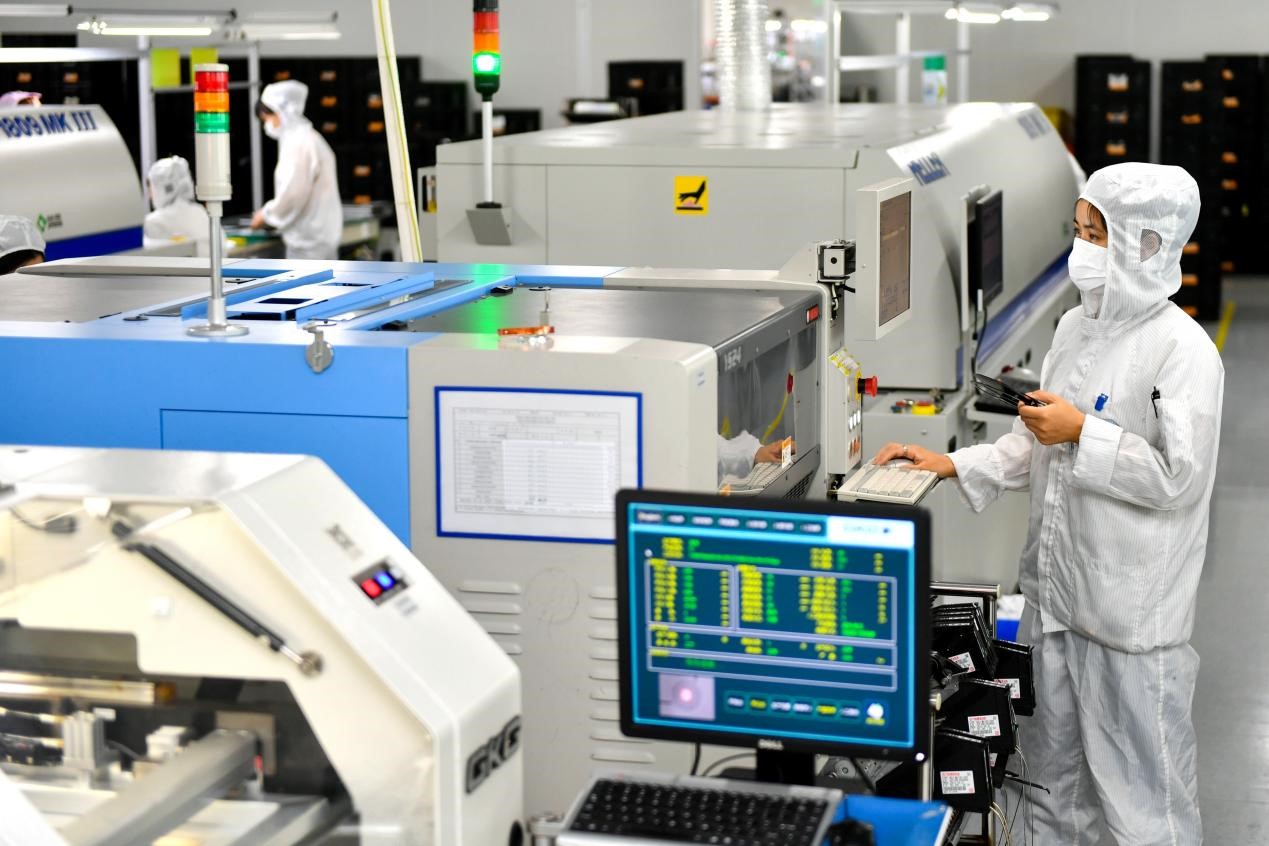According to market studies, the perception about consumer products made in China are of poor quality is changing. While there may have been concerns about quality control in the past, many Chinese manufacturers have worked hard to improve their products’ quality standards over the years.
What are the driving forces behind the quality revolution associated with consumer products made in China?
There are several driving forces behind China’s product quality revolution, which has seen the country transition from being known for producing low-quality goods to becoming a major global player in terms of high-quality manufacturing. Some of the driving forces influencing the quality of consumer products made in China are :
- Market competition: As China’s economy has grown and become more integrated into the global market domestic companies are facing an increase in competition from international firms. To compete effectively, Chinese companies have had to improve the quality of their products to meet global standards.
- Government regulations and initiatives: The Chinese government has implemented a range of regulations and initiatives designed to improve product quality and safety. For example, the government has introduced laws to regulate product safety and quality, as well as programs to encourage companies to adopt quality management systems and implement best practices.
- Consumer demand: Chinese consumers have become more discerning and are willing to pay a premium for high-quality products. This has created a market for companies that produce high-quality goods, which in turn has encouraged more companies to invest in improving product quality.
- International standards and certifications: Chinese companies that want to export their products to international markets have had to comply with international quality standards and obtain relevant certifications. This has driven many companies to improve the quality of their products to meet these standards.
Overall, the combination of these factors has created a strong incentive for Chinese companies to focus on improving the quality of their products, which has helped to drive the country’s quality revolution.
In fact, China is now one of the largest exporters of high-quality goods globally, including electronics, consumer goods, and textiles. However, it is still essential to do research and carefully evaluate the products before purchasing them, regardless of their origin.
How to successfully navigate outsourcing product manufacturing in China?
- Conduct thorough research: Before outsourcing product manufacturing in China, it is important to conduct thorough research on the vendors and manufacturers. Look for companies that have experience in the industry, have a good track record, and offer quality products and services.
- Build relationships: Building relationships with vendors and manufacturers is essential to successful outsourcing. This will help establish trust and communication, which are key factors to ensure that the products are produced to the required standards.
- Set clear expectations: It is important to set clear expectations and requirements for the products, including quality standards, delivery timelines, and pricing. This will help avoid any misunderstandings or miscommunications during the manufacturing process.
- Monitor the manufacturing process: Regular monitoring of the manufacturing process is essential to ensure that the products are being produced to the required standards. This can be done through regular communication with the vendors and manufacturers, as well as through on-site visits and inspections.
- Establish quality control procedures: Establishing quality control procedures and testing protocols is essential to ensuring that the products meet the required standards. This can include product testing, inspection of production lines, and quality assurance checks.
- Ensure compliance with regulations: It is important to ensure that the products meet all regulatory requirements, including safety and environmental standards. It can be achieved through regular inspections and audits.
- Have a contingency plan: It is important to have a contingency plan in place in case of any unforeseen circumstances, such as delays in production or quality issues. This can include having alternative suppliers or manufacturers or having backup plans for production and delivery.
Some importers still get poor-quality of products from China because they push suppliers to cut rates. Never, prioritize pricing during negotiation. Always keep pricing and quality aligned because both matter.






